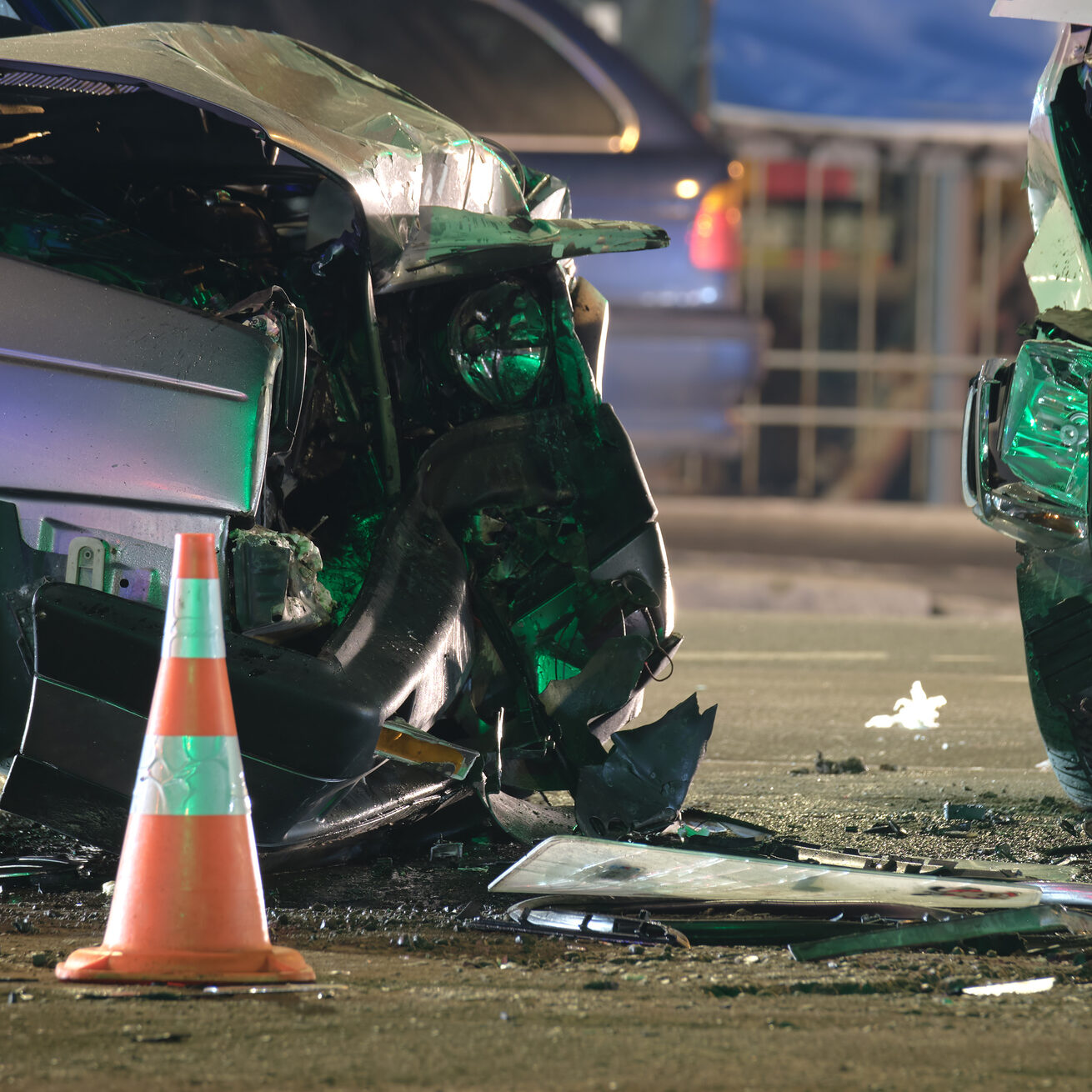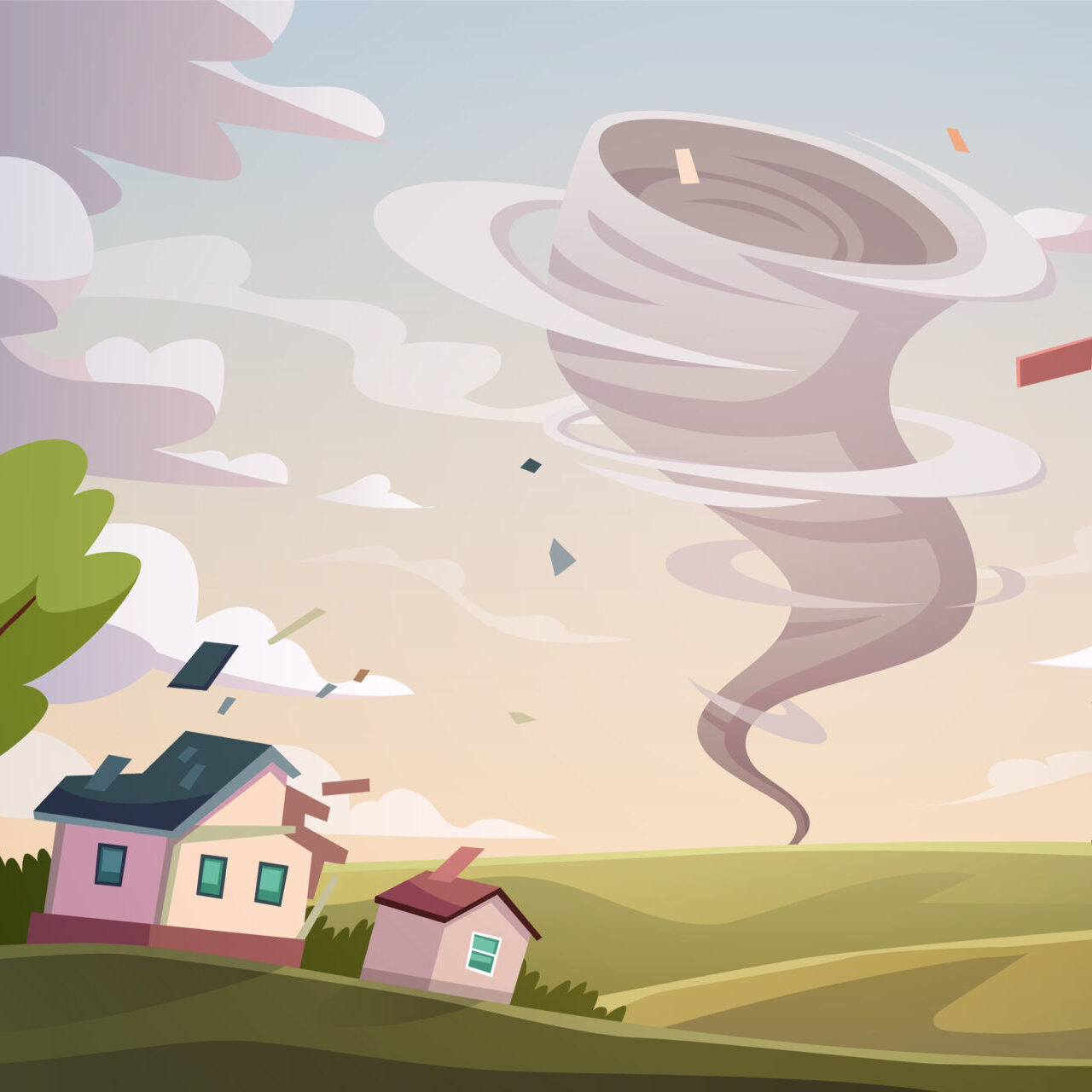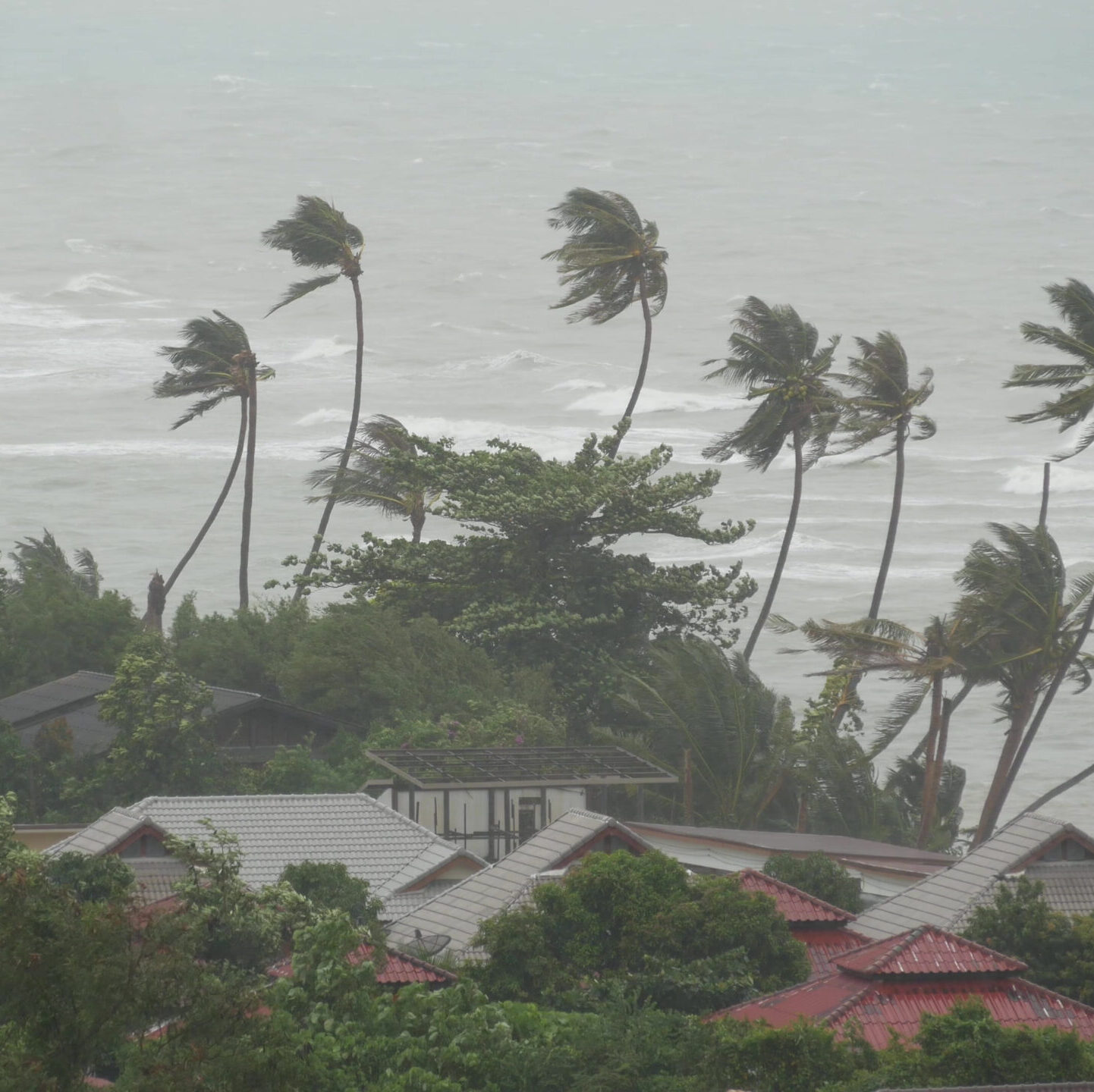
Fifth Circuit Seeks Guidance From The Texas Supreme Court On When The Concurrent Cause Doctrine Applies
Overview | Blog Posts | First-Party Coverage | K. Clark Schirle | Related | Print | Share
October 12, 2021
Hail damage is so typical in Texas that Chapter 542A of the Texas Insurance Code is known as the “Hail Bill.”
Texas follows the concurrent cause doctrine. As the Texas Supreme Court held in Lyons v. Millers Casualty Insurance Co. of Texas, 866 S.W.2d 597, 601 (Tex. 1993), when a loss is caused by both covered and non-covered perils, the insured must present “some evidence” affording the jury a reasonable basis on which to allocate the damage. The insured has the burden of segregating the damage attributable solely to the covered event. In cases involving hail damage, if there was hail damage that occurred during the policy period, as well as hail damage that pre-existed the inception of the policy; if the insured fails to present sufficient evidence on which to allocate the damages, the insurer will be granted summary judgment. See, e.g., Certain Underwriters at Lloyd’s of London v. Lowen Valley View, LLC, 892 F.3d 167 (5th Cir. 2018) (affirming summary judgment for an insurance company where there was evidence that several hail storms struck in the vicinity of the insured hotel several years prior to the inception of the policy).
On August 26, 2021, the United States Court of Appeals for the Fifth Circuit asked for guidance on the concurrent cause doctrine, certifying questions to the Supreme Court of Texas. Frymire Home Services, Inc v. Ohio Security Insurance Company, No. 21-10012, 2021 WL 3783150 (5th Cir. Aug. 26, 2021).
The case involves a 45-year-old roof, in an old commercial building in Dallas, that the insured claimed was damaged by hail during the insurer’s policy period. The insured produced some evidence suggesting the roof damage was solely caused by the hailstorm. The policy, however, excluded coverage for cosmetic damage, as well as wear and tear. The insurance company determined that the damage was caused by wear and tear. The District Court granted summary judgment in favor of the insurance company, and the insured appealed.
The Fifth Circuit articulated that the central issue was whether the insured provided enough evidence for a reasonable jury to conclude that the hailstorm during the policy period provided covered losses. Resolving that issue required the Court to answer three questions: (a) whether any pre-existing damage to the roof makes this a concurrent cause case; (2) if so, whether the insured, who provided evidence suggesting the covered hailstorm is the sole reason the roof must be replaced, must attribute their losses; and (3) if so, whether the insured can satisfy any such attribution obligation by implicitly attributing all their losses to the hailstorm.
The Court stated that Lyons did not resolve the issue of whether the presence of any pre-existing damage, here wear and tear on a roof, necessarily triggers the concurrent cause doctrine. The Court added that Lyons “does not answer how a claim becomes subject to this concurrent cause rule, merely what happens when the rule applies.”
Accordingly, the Court asked the Texas Supreme Court to address and answer the following questions:
Whether the concurrent cause doctrine applies where there is any non-covered damage, including “wear and tear” to an insured’s property, but such damage does not directly cause the particular loss eventually experienced by plaintiffs;
If so, whether plaintiffs alleging that their loss was entirely caused by a single, covered peril bear the burden of attributing losses between that peril and other, non-covered or excluded perils that plaintiffs contend did not cause the particular loss; and
If so, whether plaintiffs can meet that burden with evidence indicating that the covered peril caused the entirety of the loss (that is, by implicitly attributing one hundred percent of the loss to that peril).
The Texas Supreme Court accepted the Fifth Circuit’s request for certification on September 10, 2021, Texas Supreme Court case No. 21-0757.
For any further questions, please contact Clark Schirle or Mary Bishara.



